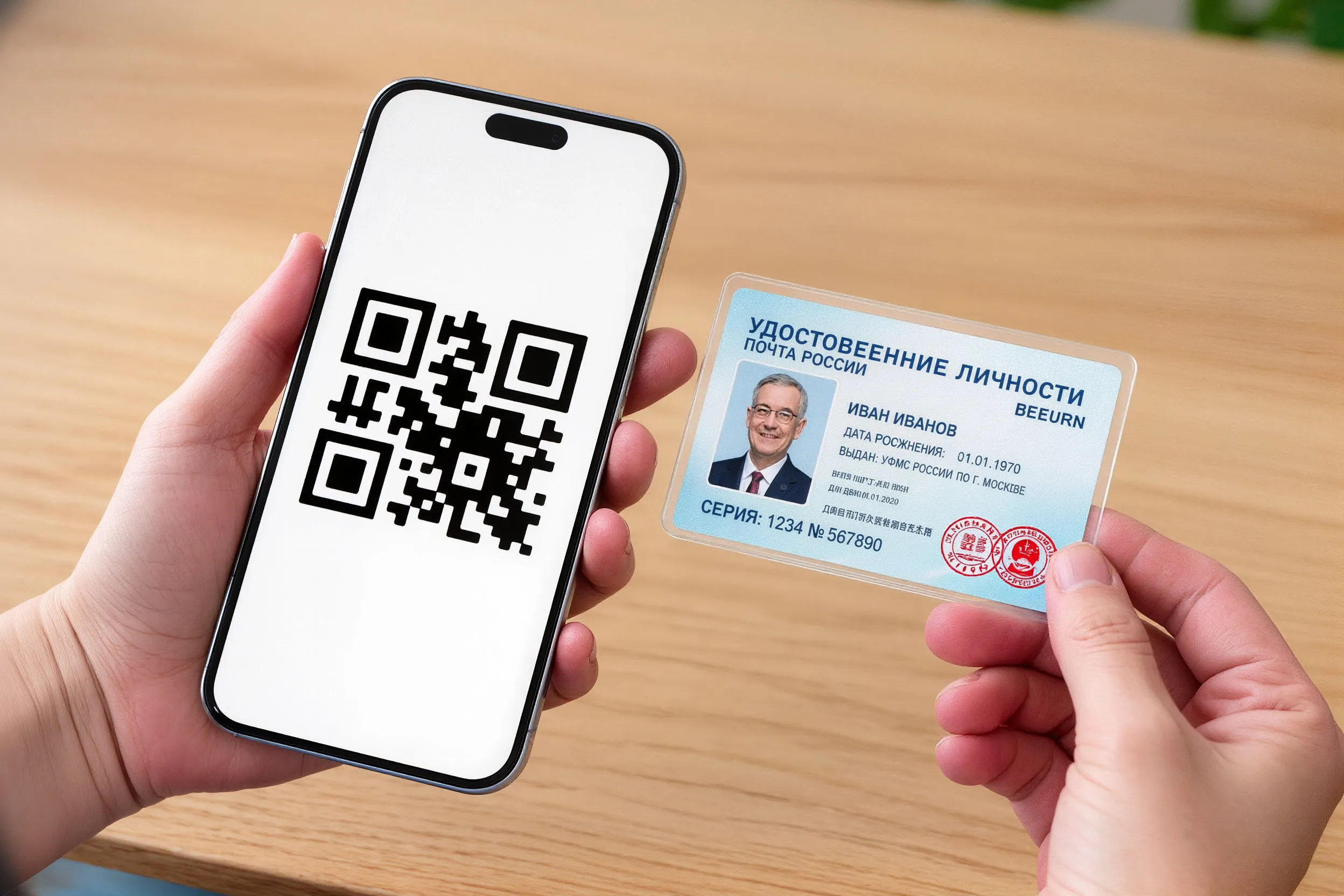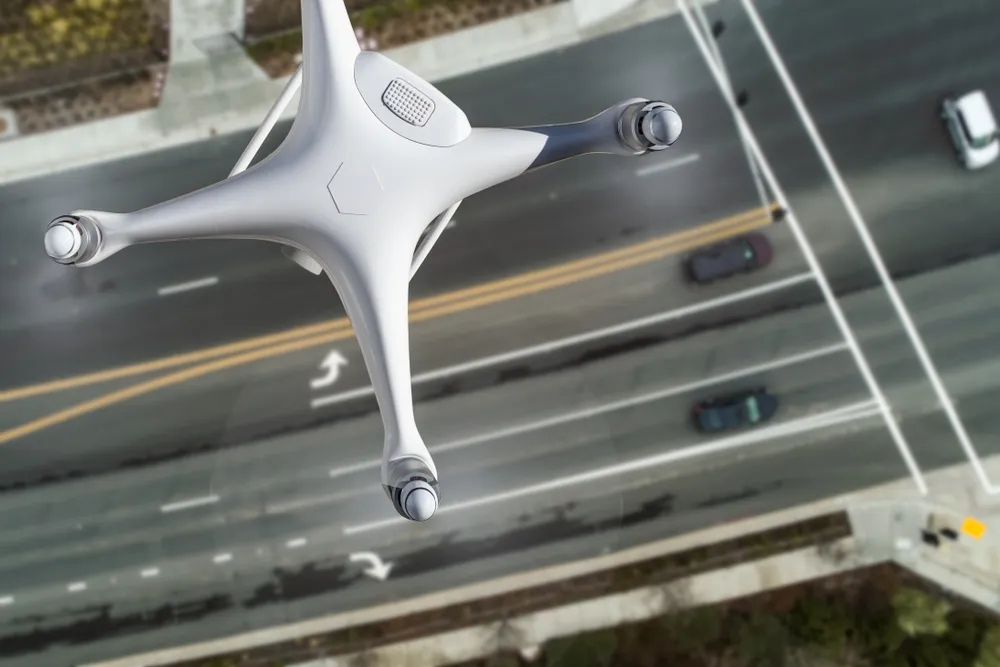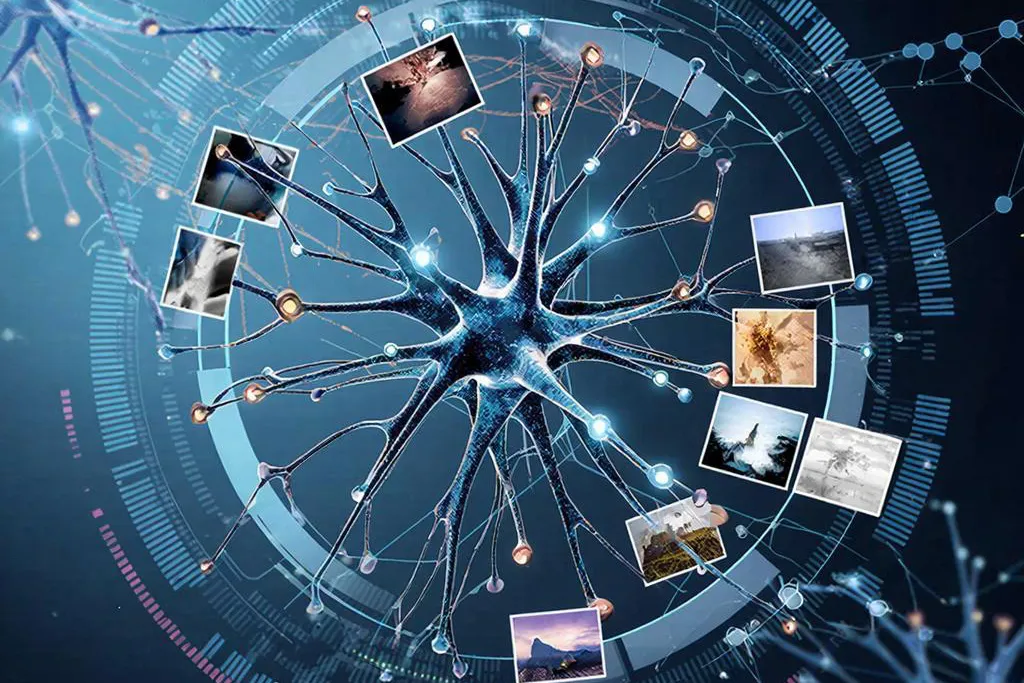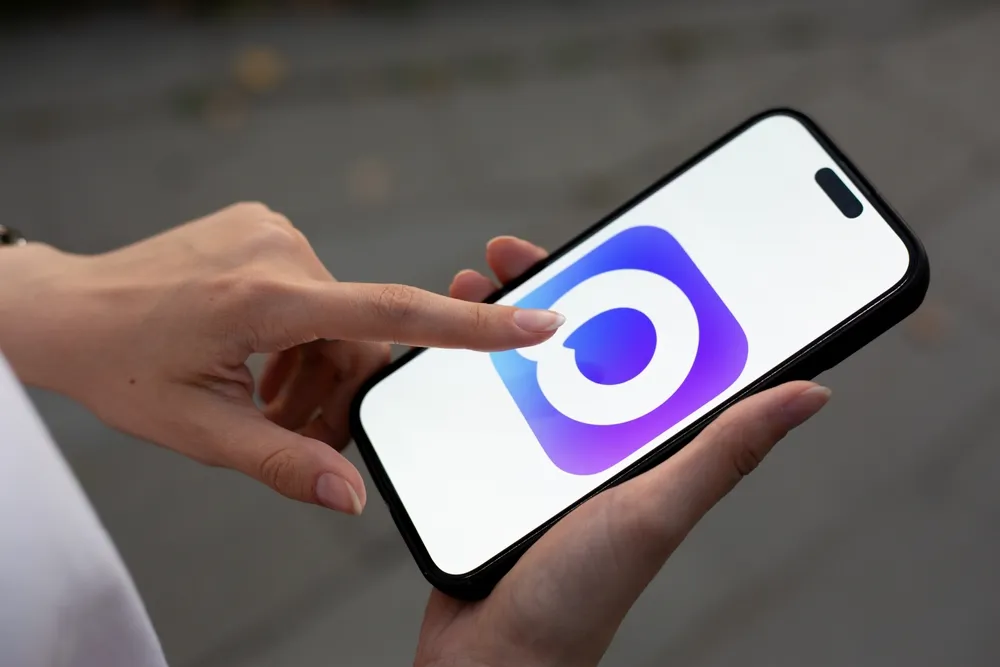Pensioners Automatically Receive QR-Based IDs on Gosuslugi
Since October 2025, Russia has begun automatically issuing digital pensioner IDs with QR codes through the Gosuslugi online portal, simplifying access to benefits and eliminating the need to carry physical documents.

What Has Changed for Pensioners
The Social Fund of Russia launched electronic pensioner IDs in October 2025. The new format is a QR code displayed in a user’s Gosuslugi account and fully replaces the traditional physical ID card.
A key convenience is that pensioners do not need to file any applications. Existing pensioners received their QR codes automatically. For those newly applying for pension benefits, the code is generated within 10 days of the official assignment of payments.

How the Digital ID Works
The QR code contains the same information as the plastic ID: full name, Social Insurance Number (SNILS), type of pension, date of assignment, and a photo. When scanned, organizations can view this information and immediately confirm eligibility for benefits.
The electronic ID is accepted wherever pensioner benefits apply. It can be used on public transportation for free or discounted travel, in pharmacies for medication discounts, when paying taxes, and at museums or theaters.
Users can display the code directly from a smartphone screen or print it out. The only requirement is access to the Gosuslugi portal through the mobile app or a browser.
Physical IDs Remain Valid
Previously issued plastic or paper pensioner IDs remain valid and do not need to be replaced. Those who prefer using a physical document may continue to do so.
Anyone who wants a plastic card in addition to the electronic version can request one at a Social Fund service office or a multifunctional government center (MFC). The service is free and optional.

Part of a Broader Digital‑Social Strategy
Digital IDs are part of Russia’s broader effort to create unified digital profiles for groups entitled to state support. The Social Fund already maintains a nationwide registry of large families, containing data on more than 2.8 million households.
This system enables automatic verification of eligibility for benefits without requiring paper documents, and the registry supports issuing digital IDs through Gosuslugi.

What Comes Next
Starting March 1, 2026, digital IDs will also be issued for people with disabilities. The system will gradually expand to other groups—veterans, large families, and citizens entitled to social benefits.
Future plans include integrating digital IDs with banking systems, public‑transport apps, and pharmacy networks. This will allow benefits to be confirmed automatically without manually presenting documentation.










































